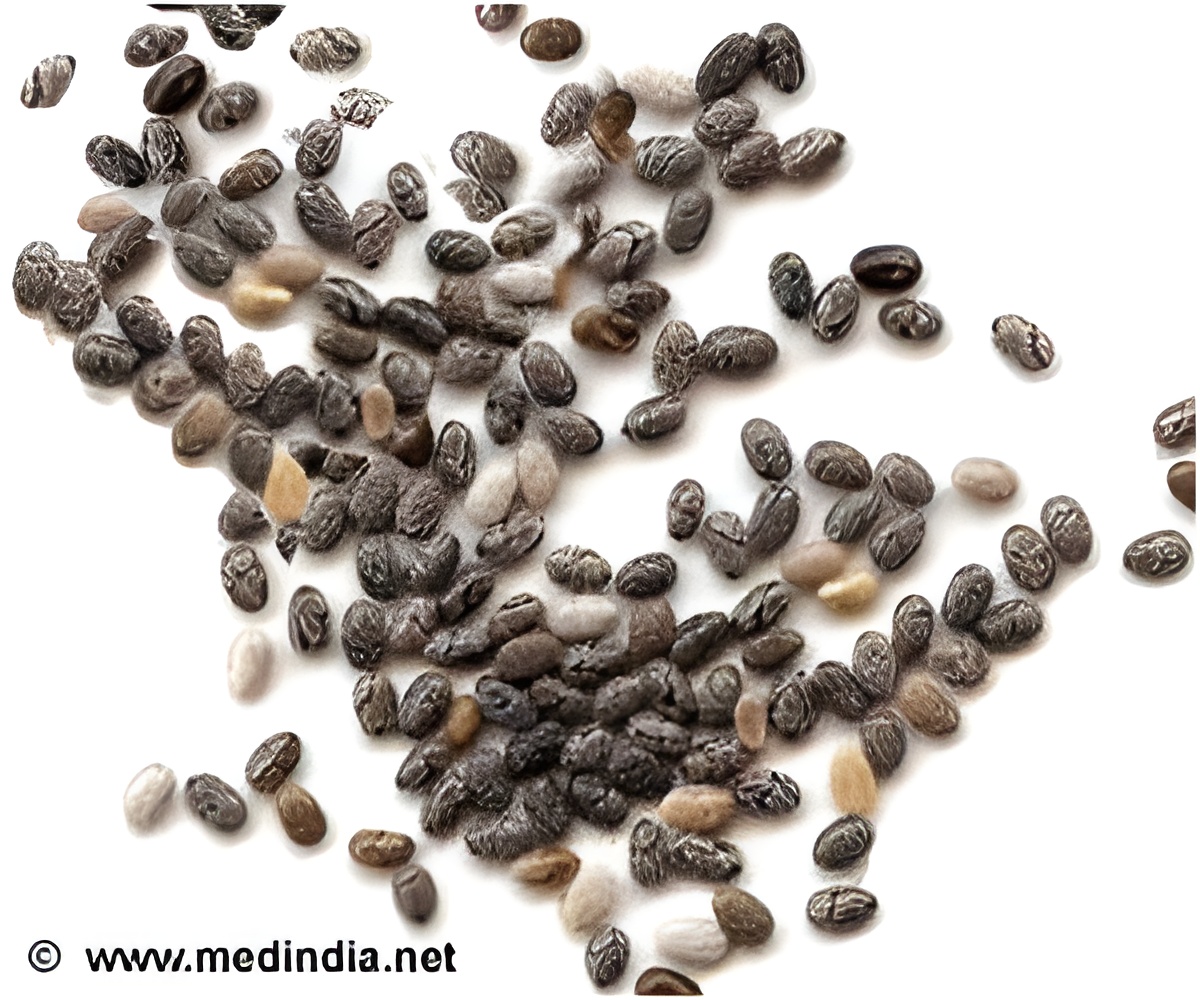
Compounds released when plant tissue burns can break seed dormancy and stimulate germination. In a new article, an efficient system to produce smoke solutions is described to aid investigation of the role of smoke compounds in seed germination and seedling growth, reported Science Daily.
Recent research has focused on the effects of smoke. As plant tissue is burned, numerous compounds are released, some of which have been found to break seed dormancy and stimulate germination.
In a new study published in the March issue of Applications in Plant Sciences, scientists at the Eastern Illinois University have developed a novel system to produce smoke solutions to further investigate the importance of smoke compounds such as butenolides and cyanohydrins in seed germination and seedling growth.
"Because many of the identified compounds are known to be water soluble, using a smoke solution is a convenient alternative to direct fumigation of seeds," said Janice Coons, lead author of the study.
The new system utilises a bee smoker, heater hose, and water aspirator. Water-soluble compounds are dissolved by bubbling smoke through water contained in a flask. This setup is inexpensive and much more compact than previous systems, allowing for the production of smaller volumes of smoke solution within a small space, such as a fume hood.
Advertisement
"It is relatively inexpensive and allows researchers a high level of control over how their smoke solutions are created so that they can be reproduced."
Advertisement









